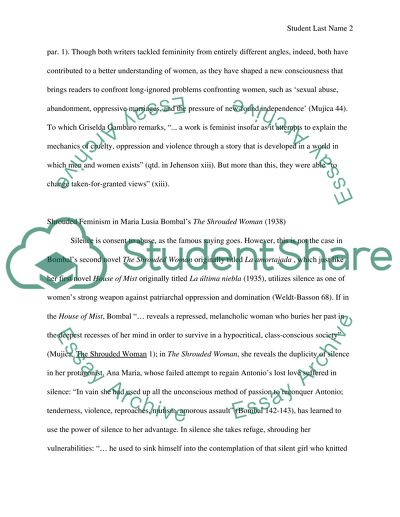Cite this document
(“Women & Narrative Term Paper Example | Topics and Well Written Essays - 1500 words - 1”, n.d.)
Women & Narrative Term Paper Example | Topics and Well Written Essays - 1500 words - 1. Retrieved from https://studentshare.org/miscellaneous/1575699-women-narrative
Women & Narrative Term Paper Example | Topics and Well Written Essays - 1500 words - 1. Retrieved from https://studentshare.org/miscellaneous/1575699-women-narrative
(Women & Narrative Term Paper Example | Topics and Well Written Essays - 1500 Words - 1)
Women & Narrative Term Paper Example | Topics and Well Written Essays - 1500 Words - 1. https://studentshare.org/miscellaneous/1575699-women-narrative.
Women & Narrative Term Paper Example | Topics and Well Written Essays - 1500 Words - 1. https://studentshare.org/miscellaneous/1575699-women-narrative.
“Women & Narrative Term Paper Example | Topics and Well Written Essays - 1500 Words - 1”, n.d. https://studentshare.org/miscellaneous/1575699-women-narrative.


